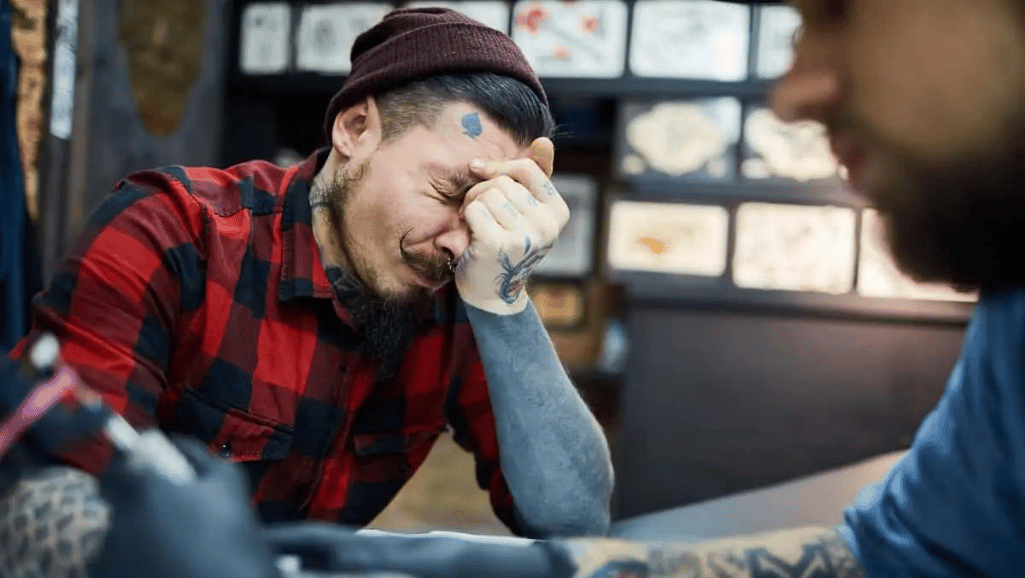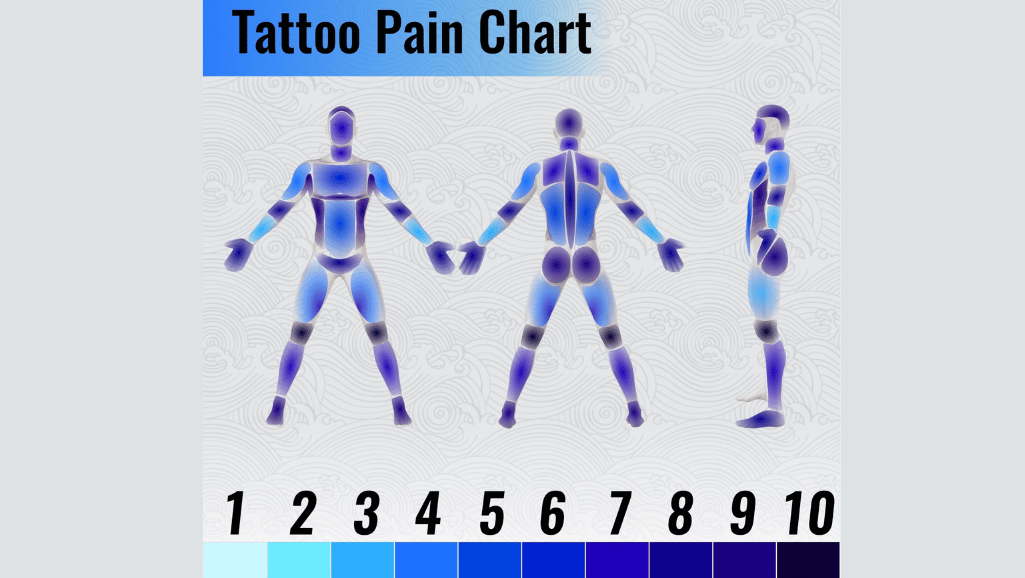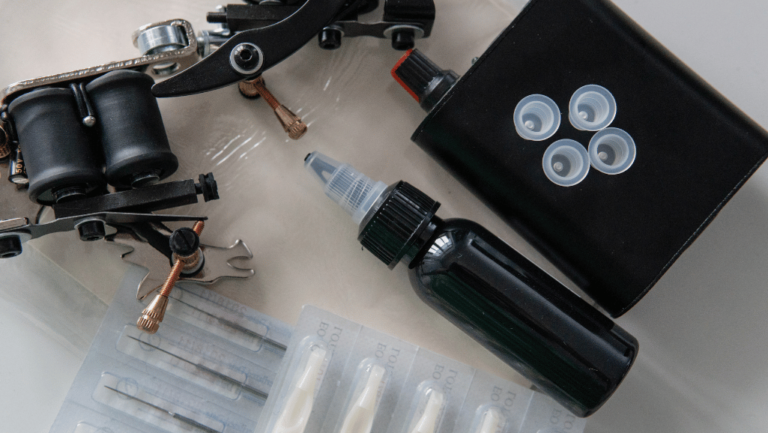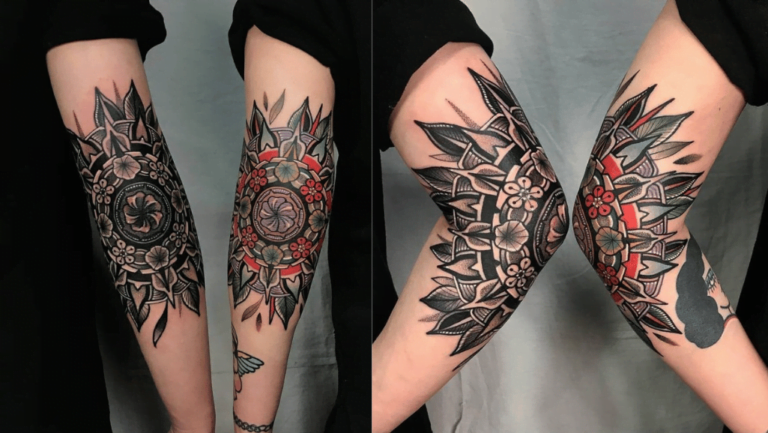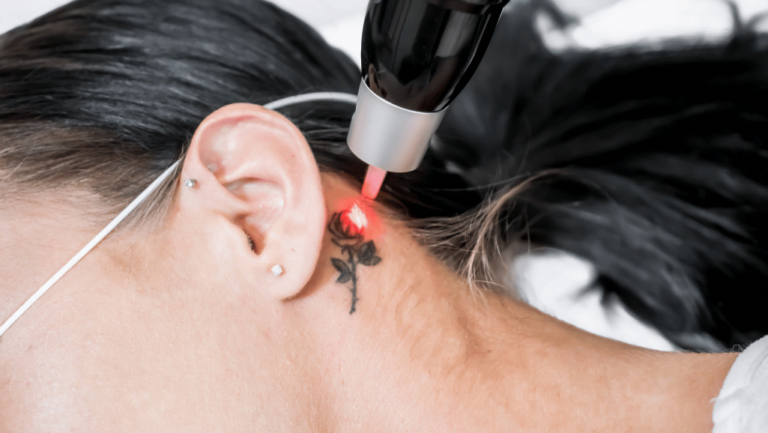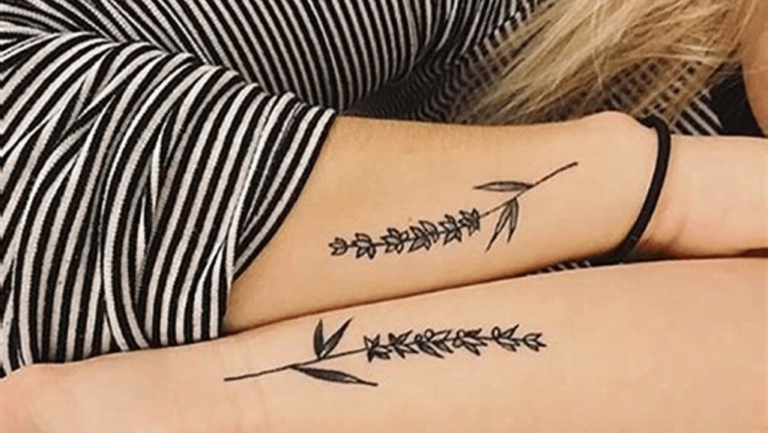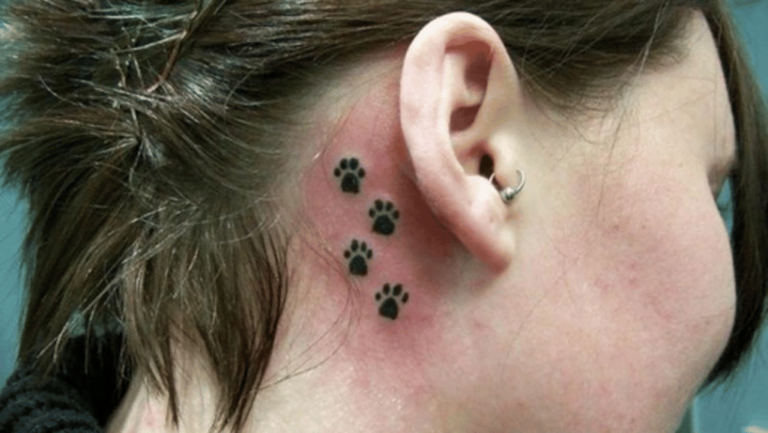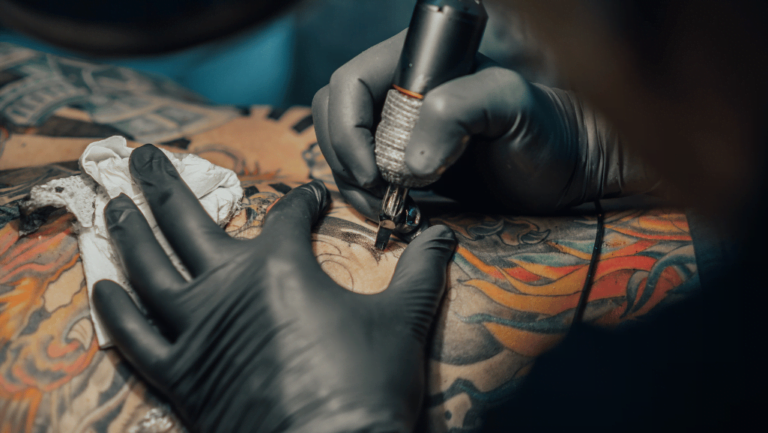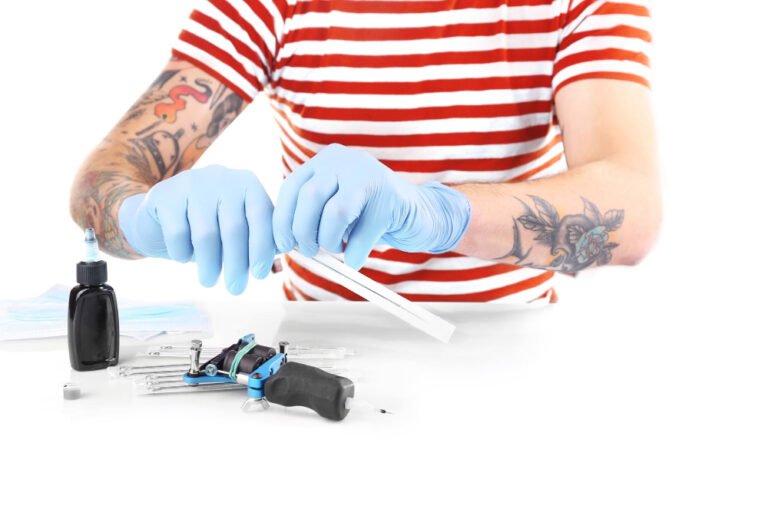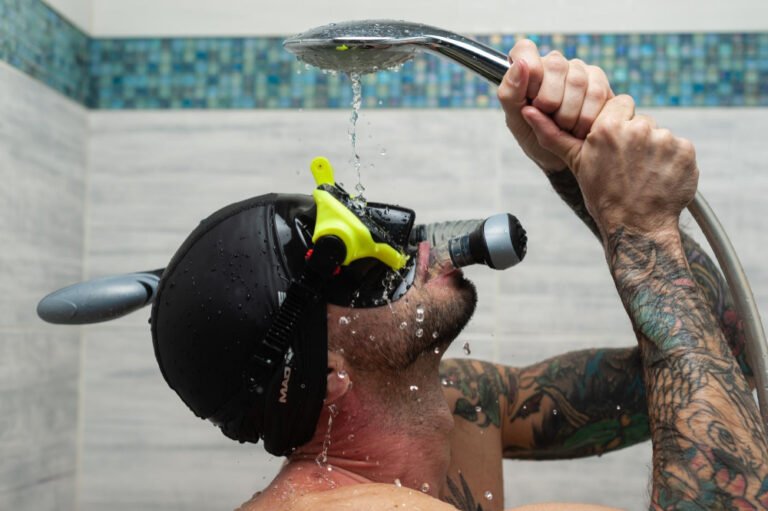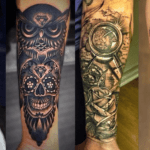When considering a wrist tattoo, one of the top concerns is often the pain level associated with the process. The wrist is a highly sensitive area with minimal fat and muscle tissue, which means the bones and nerves are more exposed during tattooing. This exposure can potentially make the experience uncomfortable, especially for individuals with lower pain tolerance.
The level of pain experienced during a wrist tattoo can vary depending on several factors. The size and complexity of the design play a significant role, as larger and more intricate tattoos may require longer tattooing sessions that can increase discomfort. Additionally, individual pain tolerance varies, so what may be painful for one person could be more manageable for another.
It’s crucial to consider the artist’s skill and technique, as a skilled professional can minimize pain by employing efficient and precise tattooing methods. With their expertise, they can help make the process as comfortable as possible.
Throughout this article, we will explore the pain associated with wrist tattoos, discussing various factors that can influence the level of discomfort. We will also provide tips and techniques for managing Does a wrist tattoo hurt effectively, helping you make an informed decision and ensure a more positive tattooing experience.
Key Takeaways:
- Wrist tattoos can be uncomfortable due to the sensitivity of the area and exposure of bones and nerves.
- Tattoo pain can vary based on factors like the size, complexity of the design, and individual pain tolerance.
- Choosing a skilled artist and discussing pain management techniques can help minimize discomfort during the process.
- In the following sections, we will explore specific factors affecting wrist tattoo pain and provide tips for managing and reducing discomfort effectively.
- Remember, pain is subjective, and everyone’s experience may differ, but understanding these factors can help you better prepare for getting a wrist tattoo.
Factors Affecting Tattoo Pain On The Wrist
When considering a wrist tattoo, it’s important to understand the factors that can influence the pain level experienced during the process. Several key elements play a role in determining the level of discomfort one might feel when getting a tattoo on the wrist.
Skin Thickness and Pain
The thickness of the skin in the wrist area is a significant factor in tattoo pain. Thin skin areas, such as the inner wrist near the palm, tend to be more sensitive and can result in a higher level of pain during tattooing. The abundance of nerve endings in this region contributes to the intensified sensation. In contrast, areas with thicker skin on the outer wrist generally experience less pain during the tattooing process.
Nerve Endings and Sensitivity
The wrist is a highly sensitive area due to the presence of numerous nerve endings. Tattooing on the wrist can trigger these nerve endings, resulting in amplified pain compared to other body parts. The proximity of the nerves, particularly in the inner wrist, increases the likelihood of feeling more discomfort during the procedure.
Movement and Flexing of the Wrist
Another crucial factor that affects the pain level of a wrist tattoo is the constant movement and flexing of the wrist. When the skin is in motion, there is a higher chance of increased pain and potential injury during the tattooing process. The flexibility of the wrist makes it difficult for the tattoo artist to maintain a consistent grip, potentially leading to more discomfort.
Understanding these factors can help individuals manage their pain expectations when considering a wrist tattoo. By being aware of the potential challenges posed by skin thickness, nerve sensitivity, and wrist movement, individuals can make informed decisions and take appropriate measures to minimize discomfort during the tattooing process.
Table: A Summary of Factors Affecting Wrist Tattoo Pain
| Factors | Influence on Pain Level |
|---|---|
| Skin Thickness | Determines the intensity of pain; areas with thinner skin experience more pain. |
| Nerve Endings and Sensitivity | Affects pain levels significantly due to the high concentration of nerve endings in the wrist area. |
| Movement and Flexing of the Wrist | Increases pain and the risk of injury during tattooing due to constant motion. |
Techniques To Manage Tattoo Pain On The Wrist

When it comes to getting a wrist tattoo, managing and minimizing pain is a top priority. Fortunately, there are several techniques that can help alleviate discomfort during the tattooing process:
1. Topical Numbing Creams or Sprays
One effective approach is using **topical numbing creams** specifically designed for wrist tattoos. These creams or sprays can be applied to the skin prior to the tattooing session to desensitize the nerve endings and reduce pain. It is important to follow the instructions provided and consult with the tattoo artist or a healthcare professional before using any numbing products.
2. Taking Regular Breaks
Another technique for managing wrist tattoo pain is **taking breaks** during the tattooing process. Pausing periodically allows the skin to recover, reducing inflammation and discomfort. Communicate with your tattoo artist to establish a schedule that works for both of you.
3. Distraction Techniques
Distraction techniques can be incredibly helpful in shifting your focus away from the pain. **Listening to music**, engaging in conversation with your tattoo artist, or even watching a movie or TV show can divert your attention and help reduce discomfort. Find something that works best for you.
4. Deep Breathing Exercises
Practicing deep breathing exercises or meditation techniques can significantly contribute to pain management during a wrist tattoo. Deep breathing helps to control your breath, relax your muscles, and reduce stress, ultimately minimizing the sensation of pain. Take slow, deep breaths and focus on calming your body and mind.
By utilizing these techniques, you can take proactive steps to manage and minimize the pain associated with getting a wrist tattoo. Remember to communicate openly with your tattoo artist and follow proper aftercare guidelines for optimal healing. With the right approach, you can make your wrist tattoo experience as comfortable and pain-free as possible.
The Least and Most Painful Areas for Wrist Tattoos
When it comes to getting a wrist tattoo, the placement can significantly impact the pain level experienced during the tattooing process. Different areas of the wrist have varying levels of sensitivity, thickness of skin, and exposure of bones and nerves. Understanding the least and most painful areas for wrist tattoos can help you make an informed decision about where to get your tattoo.
The inner wrist near the palm is considered one of the most painful areas for wrist tattoos. This is due to the proximity of nerves and bones in this area, as well as the thinness of the skin. The inner wrist is known for having many nerve endings, making it more sensitive to pain during the tattooing process.
On the other hand, the outer wrist is generally less painful for tattoo placement. The outer wrist has thicker skin and less exposure of nerves and bones. This makes it a more comfortable area to get tattooed, with potentially lower pain levels compared to the inner wrist.
The top of the wrist, also known as the dorsal part, can be quite painful for some individuals. This area has thinner skin and is home to many nerve endings, making it more sensitive to pain during tattooing.
The bottom of the wrist, also known as the ventral side, is considered one of the most painful areas to get a wrist tattoo. The thinness of the skin in this area, along with the presence of tendons, ligaments, and nerves, contributes to a higher level of discomfort during tattooing.
Tips for Minimizing Pain
If you’re concerned about the pain of getting a wrist tattoo, here are a few tips to help minimize discomfort:
- Consider numbing creams: Topical numbing creams can be applied before the tattooing process to desensitize the skin and reduce pain.
- Choose the right tattoo artist: Find an experienced tattoo artist who understands pain management techniques and can work with you to minimize discomfort.
- Take breaks: Request short breaks during the tattooing process to give your skin a chance to recover and reduce inflammation.
- Practice distraction techniques: Engage in activities that can divert your attention from the pain, such as listening to music or engaging in conversation with the tattoo artist.
- Breathe deeply: Deep breathing exercises can help relax your muscles and reduce stress, which can in turn alleviate pain during tattooing.
By considering the pain levels associated with different areas of the wrist and implementing strategies to minimize discomfort, you can have a more positive tattooing experience. Remember to consult with a professional tattoo artist who can provide expert advice tailored to your unique circumstances and preferences.
Conclusion
Although getting a wrist tattoo can involve some level of pain, it’s important to remember that the intensity varies depending on several factors. The wrist, being a sensitive area with exposed bones and nerves, is more susceptible to discomfort during the tattooing process. Skin thickness, nerve sensitivity, and movement of the wrist all contribute to the pain level experienced.
However, there are techniques available to manage and minimize the pain associated with wrist tattoos. Using numbing creams, taking intermittent breaks, practicing distraction techniques, and deep breathing exercises are effective ways to alleviate discomfort. Additionally, selecting a tattoo artist who understands pain management and prioritizing proper aftercare are crucial for a smooth healing process.
Despite the potential pain, it’s worth noting that a wrist tattoo can be a beautiful and meaningful expression of self. Many individuals find that the pain is a small price to pay for a cherished and personal design. So, if you’re considering a wrist tattoo, don’t let the fear of pain hold you back. With the right preparation and mindset, you can confidently embrace this form of self-expression.
FAQ
Does a wrist tattoo hurt?
How can I manage wrist tattoo pain?
What factors can affect the pain level of a wrist tattoo?
Which areas of the wrist are the least and most painful for tattoos?
Are there any aftercare tips to minimize wrist tattoo pain during healing?
Forhad
Forhad's writing is not just about the artistry of tattoos or the latest trends in the industry; it's an exploration of the deep-rooted connections people have with their tattoos, reflecting personal narratives, cultural histories, and moments of transformation. Through a mix of in-depth features, personal narratives, and insightful analyses, he sheds light on the multifaceted nature of tattooing, revealing the emotional and cultural layers that lie beneath the surface.


